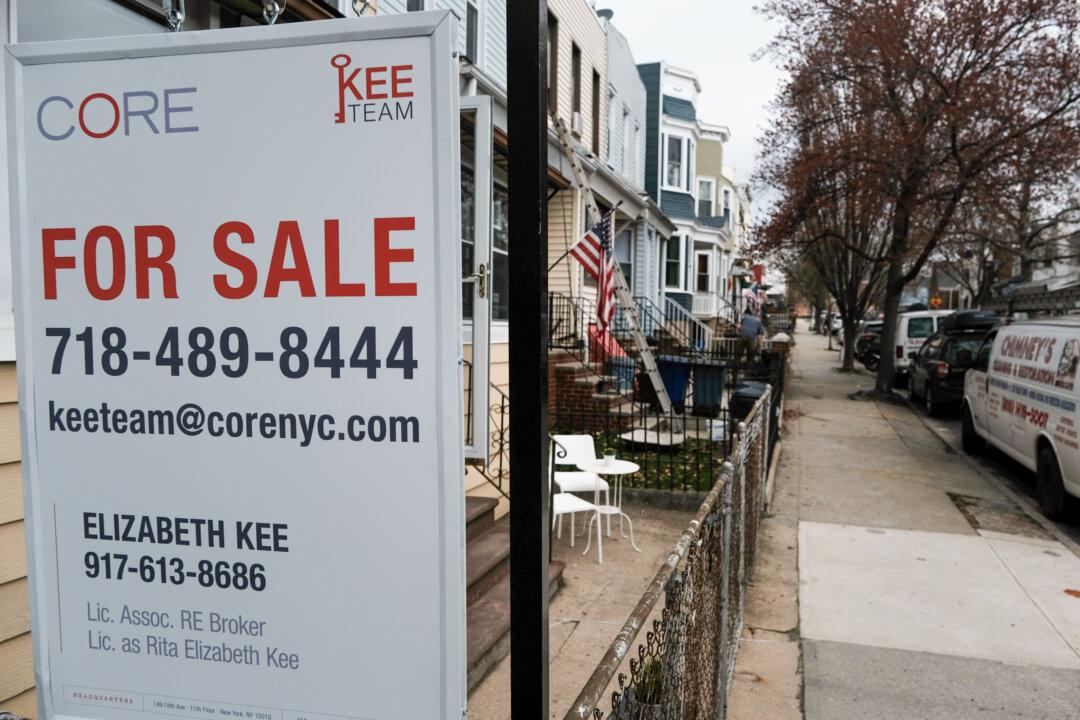The U.S. housing market has regained close to $3 trillion in value following the industry slowdown over the past year, providing a snapshot of a real estate sector that is a boon for sellers and a challenge for buyers.
The total value of U.S. homes reached an all-time high of $47 trillion in June, rising 0.4 percent year-over-year and 19.1 percent from the same time two years ago, according to new data from brokerage firm Redfin Corp. This confirms that the housing industry has erased the $2.9 trillion that was lost from June 2022 to February 2023 amid the Federal Reserve’s (Fed’s) soaring interest rates.





